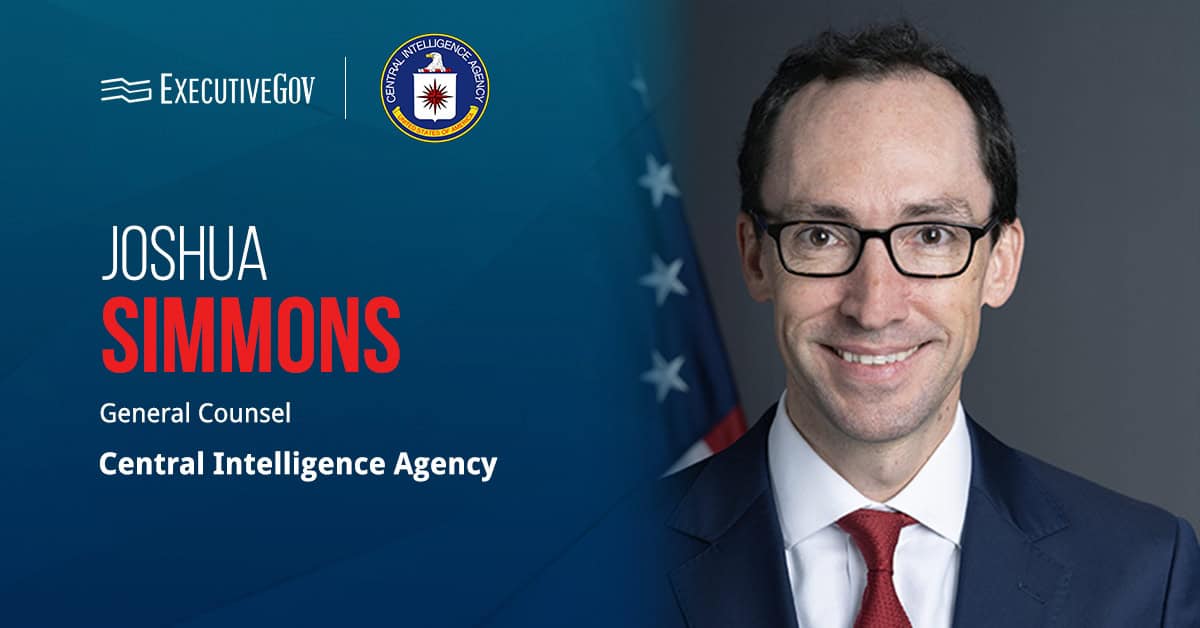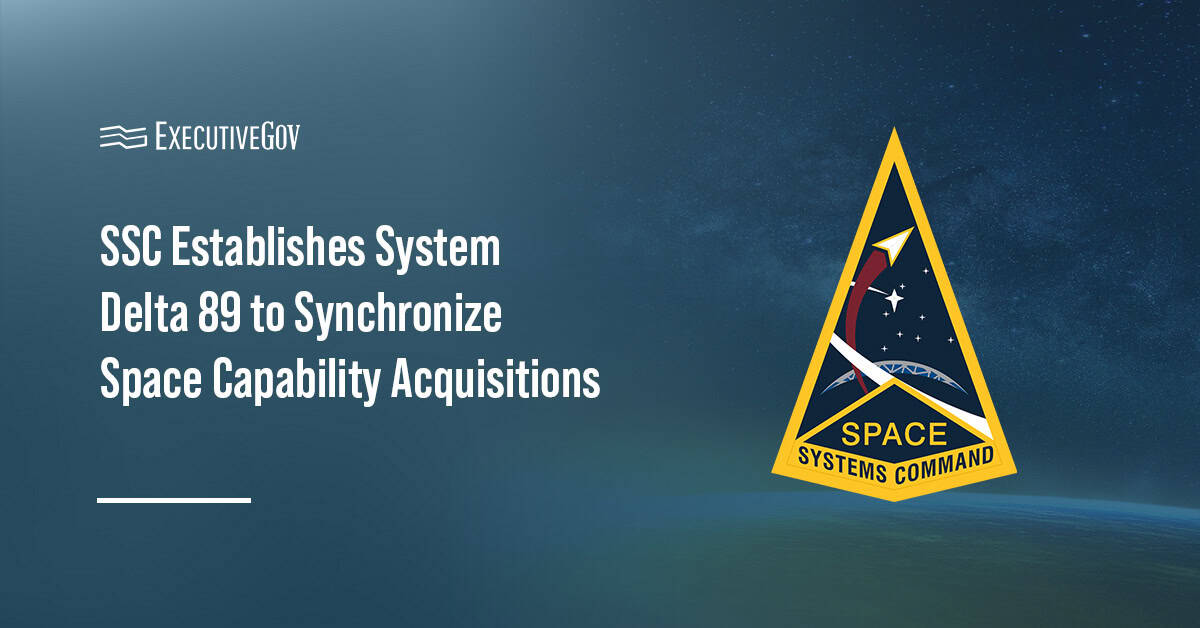The Government Accountability Office (GAO) used input from government, industry and nonprofit experts to develop a framework on the responsible use of artificial intelligence technology.
GAO said Wednesday that it held a forum to gather input on AI oversight, in addition to interviews with AI experts and federal inspector generals. The framework featured key practices that tackle the data, performance, monitoring and governance aspects of AI accountability.
Auditors, third-party examiners and other entities may use the framework to answer questions and adopt procedures that support responsible AI use.
GAO aimed to determine AI best practices with respect to federal agency users and organizations that design, develop, monitor and deploy AI platforms.





